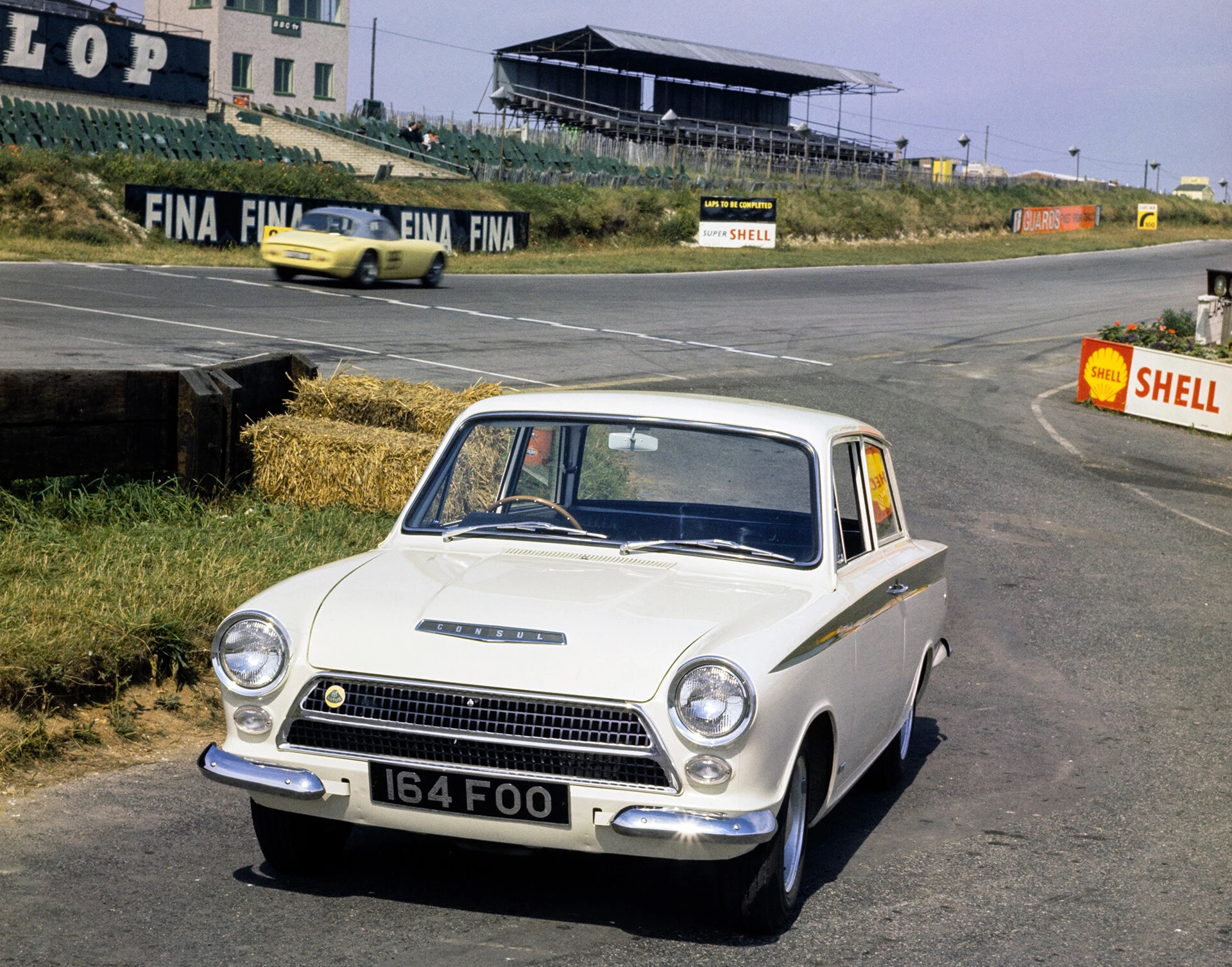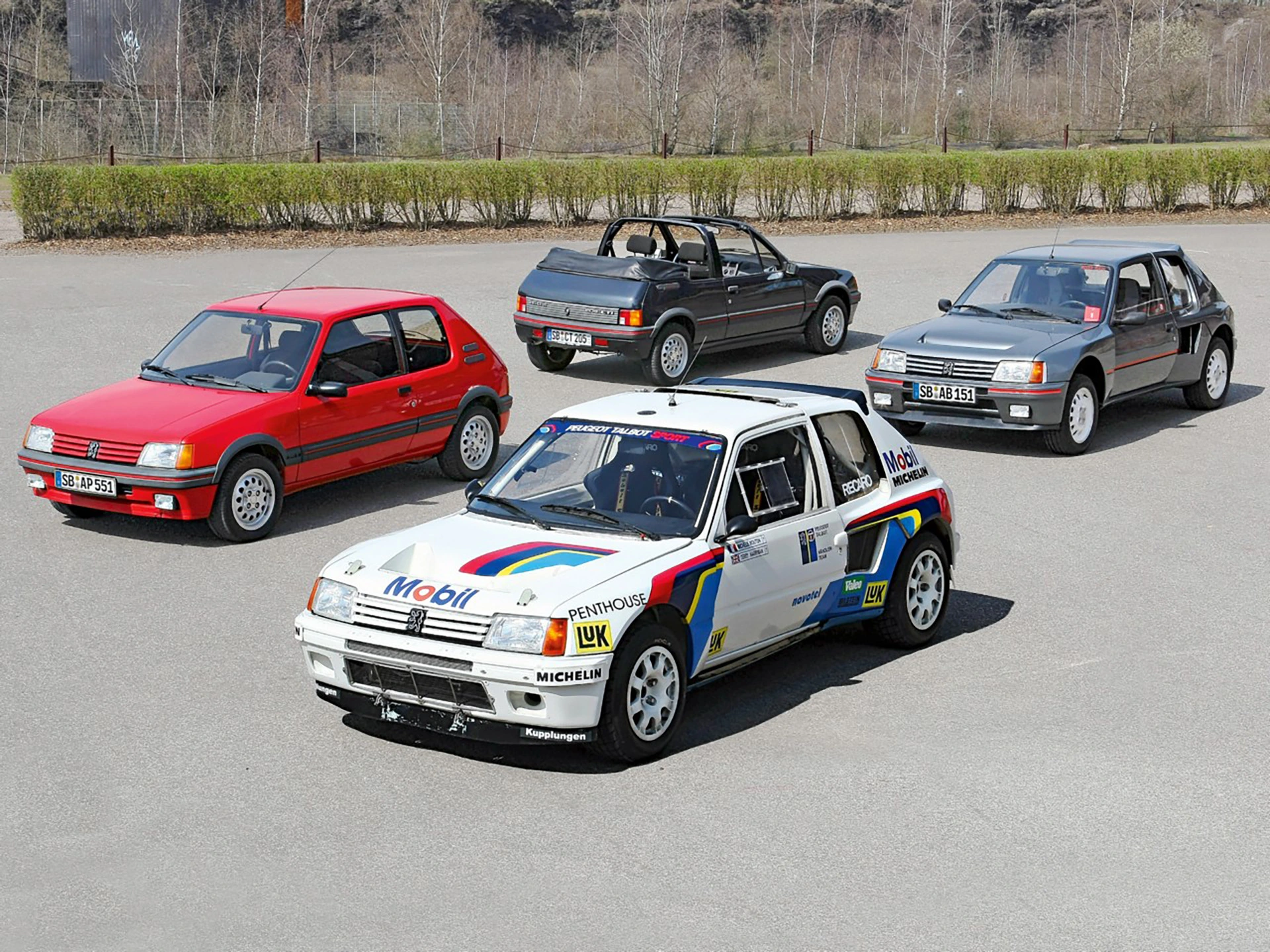Noble Sisters: Ford Cortina Lotus
23 November 2024 6 min read 4 images

Photo credit: Ford, Lotus, Wheelsage
At the beginning of the 1960s, the American car manufacturer Ford sought greater visibility in key European markets. The Blue Oval’s cars were seen as unsophisticated and slow family vehicles. Giving the brand a younger and sportier image was no small task, but the idea of Walter Hayes, the new head of Ford UK's public relations, proved to be spot-on: invest in motorsports. A personal friend of Colin Chapman, Hayes enlisted the brilliant British engineer, famous for his groundbreaking Formula 1 cars, to produce around 1,000 special versions of the first-generation Cortina, a mid-sized Ford sedan of the time, for participation in "Prepared Touring Car" races.
Register to unlock this article
Signing up is free and gives you access to hundreds of articles and additional benefits. See what’s included in your free membership. See what's included in your free membership.
Already have an account? Log In


